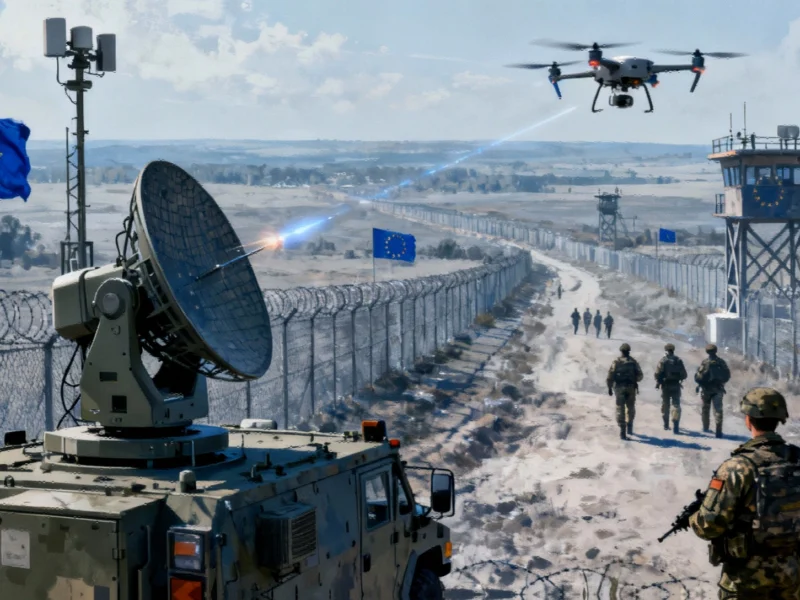Strategic Timing Infrastructure Under Digital Siege
China’s Ministry of State Security has revealed what it describes as compelling evidence of a sophisticated cyber campaign allegedly orchestrated by the US National Security Agency against the country’s critical timing infrastructure. According to security officials, the operation potentially threatened the stability of China’s communications, financial markets, and transportation networks, with the capability to trigger widespread power disruptions if fully executed.
Technical Sophistication and Attack Timeline
The alleged cyber infiltration began in March 2022 when NSA operatives reportedly exploited a security vulnerability in a foreign mobile phone manufacturer’s messaging platform. This initial breach enabled the hijacking of devices belonging to employees at China’s National Time Service Center in Xi’an, providing access to sensitive authentication data. Security analysts note this approach mirrors how cybercriminals are weaponizing trust in corporate systems worldwide.
By April 2023, the operation escalated dramatically as attackers utilized stolen credentials to penetrate the Time Service Center’s core computing infrastructure. Between August 2023 and June 2024, the MSS claims the NSA deployed what it characterized as a “cyber warfare platform” armed with 42 specialized digital weapons, launching sustained assaults against multiple internal network systems.
Critical Infrastructure Implications
The National Time Service Center represents one of China’s most vital technological assets, providing nanosecond-precision timing signals to government operations, financial transactions, power grid management, and transportation coordination. The attempted compromise of the high-precision ground-based timing system could have resulted in catastrophic cascading failures across multiple sectors. This incident highlights broader industry developments in critical infrastructure protection.
Geopolitical Context and Reciprocal Allegations
These accusations emerge amid escalating trade tensions and reciprocal cyber espionage claims between Washington and Beijing. Recent months have witnessed multiple reports of Chinese state-sponsored actors infiltrating American networks, including those of the US Air Force and energy sector corporations. The MSS statement specifically references Beijing’s allegations of US cyber espionage targeting critical systems as part of an ongoing digital cold war.
Chinese security authorities further accused US intelligence agencies of conducting parallel operations across Southeast Asia, Europe, and South America while “coercing other nations” to amplify narratives about Chinese cyber threats. This complex landscape of mutual accusations reflects recent technology policy shifts in international relations.
Broader Cybersecurity Implications
The incident underscores the vulnerability of global digital infrastructure to state-sponsored attacks. Security professionals note that the techniques described—including supply chain compromises and credential theft—represent emerging threats that transcend geopolitical boundaries. These developments coincide with related innovations in cybersecurity legal frameworks and international cooperation mechanisms.
As digital interdependence grows, the protection of timing systems and other foundational infrastructure requires unprecedented international coordination. The situation mirrors market trends toward greater scrutiny of critical resource management, whether digital or environmental.
Future Outlook and Preventive Measures
Chinese authorities claim to have successfully thwarted the attempted infiltration of their timing systems, but the incident raises profound questions about the stability of global digital infrastructure. Security experts emphasize that such sophisticated attacks necessitate equally advanced defensive measures, including:
- Enhanced supply chain security protocols for telecommunications equipment
- Multi-factor authentication systems for critical infrastructure access
- International agreements on cyber warfare limitations
- Real-time threat intelligence sharing mechanisms
The escalating digital standoff between major powers suggests that cyber diplomacy will become increasingly crucial for maintaining global stability as technological capabilities advance.
This article aggregates information from publicly available sources. All trademarks and copyrights belong to their respective owners.
Note: Featured image is for illustrative purposes only and does not represent any specific product, service, or entity mentioned in this article.



